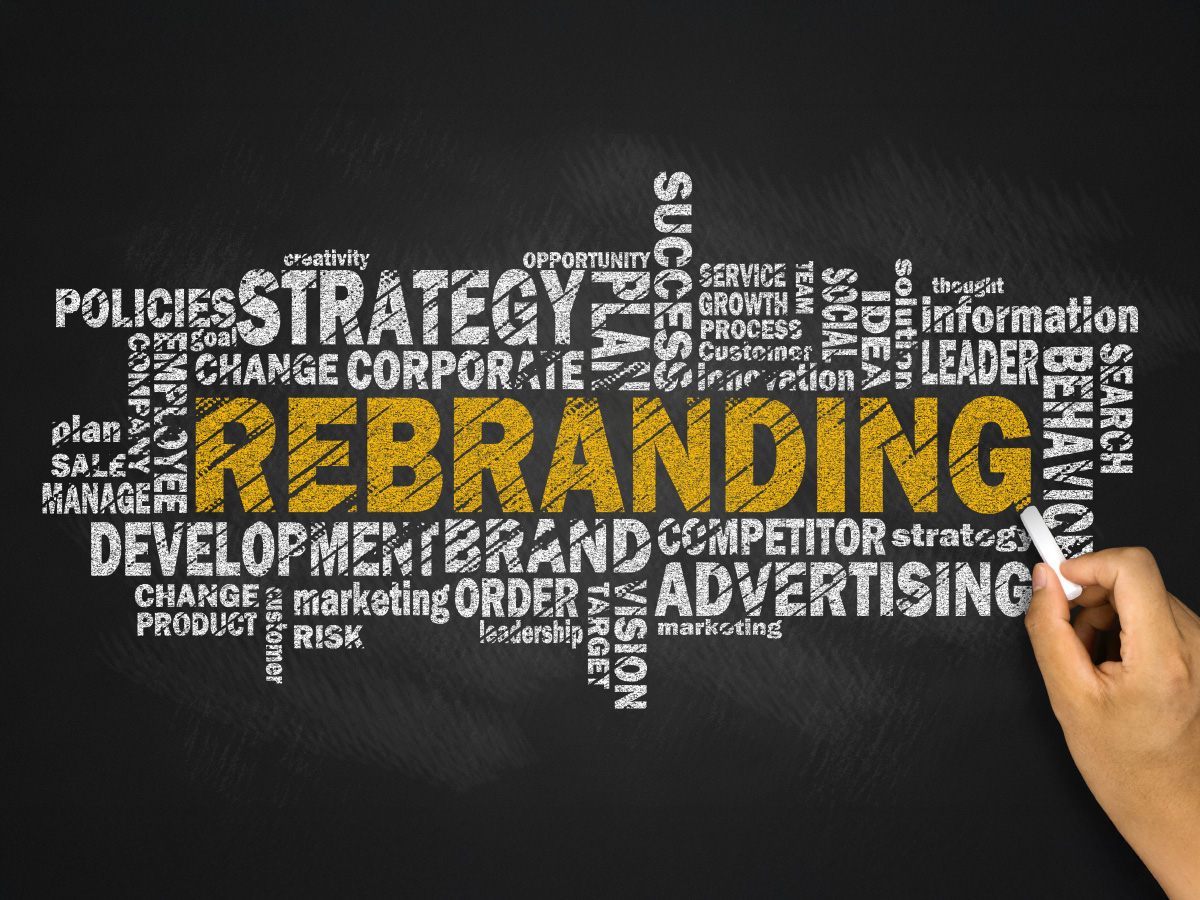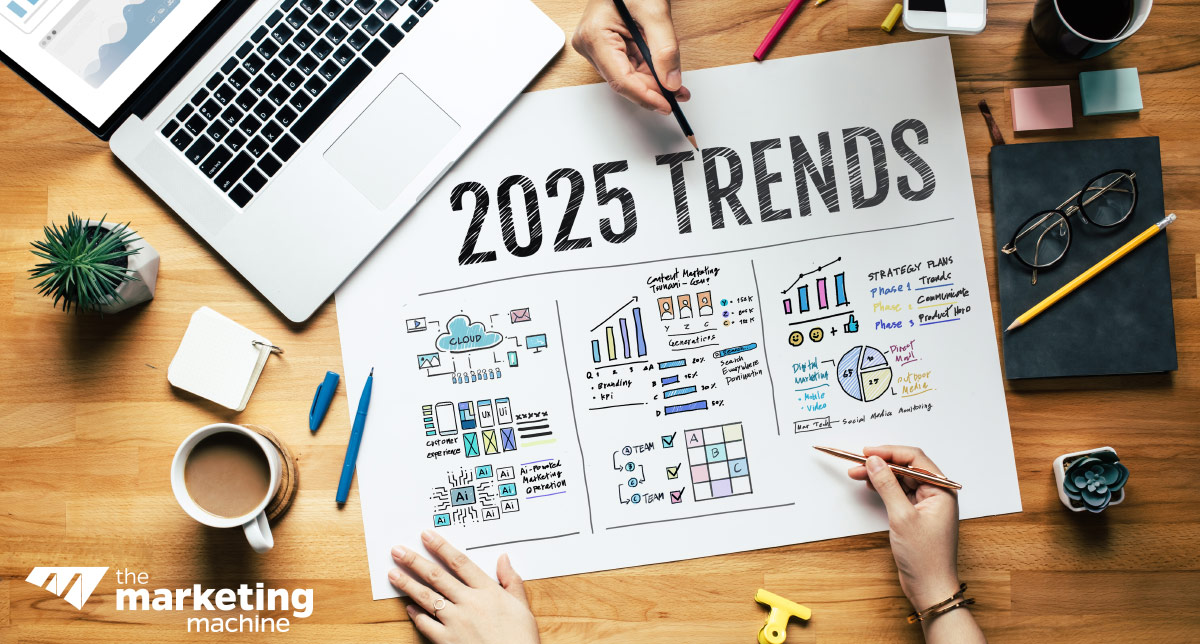Your brand is more than just a logo or a tagline—it’s the essence of how…
Logo Design vs. Business Branding: Understanding the Difference

Logo Design: The Face of Your Brand
Your logo is like the face of your brand. It’s the visual symbol that represents your company. Think about iconic logos like the golden arches of McDonald’s or Starbucks’ green goddess. These logos are simple, memorable, and instantly recognizable. They’re usually the first thing that comes to mind when you think of these brands.
A well-designed logo possesses several key characteristics:
- Simplicity: A great logo is clean and uncluttered, making it easy to remember.
- Memorability: It sticks in people’s minds, making your brand more recognizable.
- Relevance: Your logo should relate to your business and its values.
- Versatility: It works well on various platforms, from business cards to billboards.
While a logo is a crucial aspect of your brand, it’s just one piece of the puzzle.
Business Branding: More Than a Logo
Business branding is a comprehensive strategy that encompasses everything your business represents. It’s the personality, values, and message you convey to your audience. When you think of a brand, you should think beyond the logo.
In the words of Jeff Bezos, “Your brand is what other people say about you when you’re not in the room.” It’s not just about how a logo looks, it’s about what thoughts and feelings an audience associates with your business.
Some central components of business branding include:
- Web Design: Your website is often the first interaction customers have with your brand. A well-designed website creates a positive impression and encourages engagement with your brand.
- User Experience: Beyond aesthetics, the user experience on your website or mobile app matters. It should be intuitive, responsive, and user-friendly, reflecting your brand’s commitment to quality. Showing hospitality to your audience can go a long way in building loyalty.
- Color Schemes: Colors evoke emotions and convey messages. Your brand’s color palette should resonate with your target audience and align with your brand’s personality.
- Brand Voice and Tone: Consistent communication is essential. Your brand’s voice and tone should reflect your values and resonate with your audience. Are you formal, friendly, or quirky? Your tone sets the stage for meaningful interactions, and your word choices will determine what kind of people relate to your brand.
- Packaging: If you sell physical products, your packaging is a crucial part of your brand. It’s the first tangible touchpoint for customers, leaving a lasting impression. This will often involve your logo, color schemes, and brand voice.
Why Both Matter: A Deeper Understanding
Now, let’s explore why both logo design and business branding matter and how they complement each other:
- Recognition: A well-designed logo helps customers recognize your brand instantly. It’s the visual cue that triggers familiarity.
- Trust: Consistent branding builds trust and loyalty. When customers encounter a brand that delivers on its promises time and again, they’re more likely to become loyal supporters.
- Differentiation: In a crowded marketplace, you need to stand out. Your logo and brand identity set you apart from competitors and make your business memorable.
- Messaging: A strong brand message resonates with customers. It’s the “why” behind your business, creating a connection and making your business unforgettable.
- Cohesive Identity: When all elements of your brand align, it creates a cohesive and compelling brand identity. Customers trust a brand that presents a unified front across all interactions.
While logo design is a significant aspect of your brand, remember that it’s just one piece of the larger branding puzzle. A comprehensive branding strategy encompasses your logo, but also many other elements that fill out how your audience perceives you. By understanding the difference and investing in both, you’ll build a brand that leaves a lasting impression, fosters trust, and stands the test of time.
Ready to refine your branding with updated messaging, visual standards, and cohesive user experience? We’re here to help you get started on your branding journey, or revamp what you already have!


